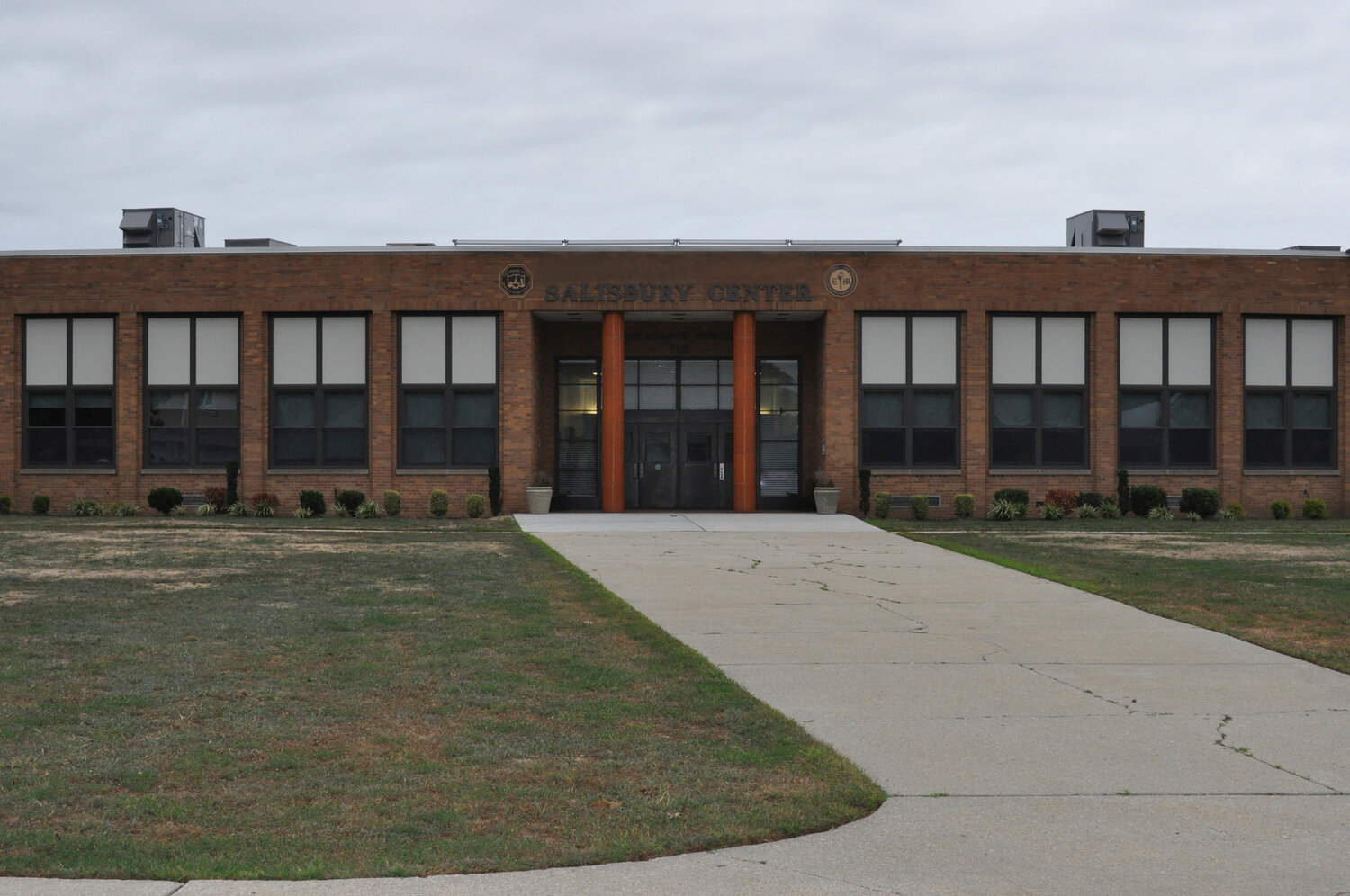East Meadow schools pitch $251.5M budget for 2024-25
The East Meadow Board of Education has approved a $251.5 million budget for the 2024-25 school year, which represents a $13 million increase over the current budget.
The spending plan includes a 3.24 percent hike in the tax levy — the total amount in taxes that will be collected from district taxpayers.
The budget-to-budget increase differs from the amount that a taxpayer actually pays, according to Patrick Pizzo, the assistant superintendent for business and finance in East Meadow schools.
“What the taxpayer is actually paying is the levy increase,” he said. “The levy is the local commitment towards the revenue side of the expense budget, and that’s 3.24 percent.”
Several factors contribute to how much district taxpayers actually shell out, including the different types of tax classes — such as if someone lives in a single-family home or a multi-family home, or a commercial property owner. Taxpayers usually end up paying about 70 percent of the levy, Pizzo said.
During the early stages of the budget planning process, the district was considering tapping into its capital reserves fund, which is not necessarily a great thing, Pizzo added.
“It would’ve been a tough year,” he said. “But we ended up with state aid, and we went up almost $3.9 million, so we’re not looking at hitting the reserves.”
According to the district’s newsletter, “Steps to Learning,” which publishes a budget edition ahead of the vote, East Meadow was facing some challenges in preparing the proposed budget, including significant increases in transportation costs, attributed to market conditions and labor shortages, as well as steep increases in health insurance and retirement system contributions.
However, careful fiscal planning allowed the district to preserve all of its programs and services offered to students, as well as mental health and student support services that were originally funded through federal coronavirus pandemic-related grants.
In addition, the proposed spending plan will further support students in the district with special needs, as well as provide additional course offerings at the secondary level due to increased enrollment.
“Our special education (department) does a great job at identifying the needs of children, and those needs can be expensive,” Pizzo said. “A lot of those kids have different needs. We’re known for our special ed. programs, so people who have students that could benefit from the program that we have moved into town.”
Many different levels of special education services are available — everything from young students who may need remedial speech assistance, to high school students enrolled in the life-skills program.
“There’s many different levels, many different services,” Pizzo said, “and some of those services are just a little extra boost that a very small child may need as they’re going through their academic journey. Not every student who goes into special education stays in special education. It’s the least restrictive environment, where we always push kids towards a better result.”
If approved, the budget will cover the cost of $1.6 million in capital improvement projects at George McVey, Meadowbrook and Parkway elementary schools, Woodland Middle School, W.T. Clarke Middle School and high school and East Meadow High School. Some of these include repairs of boilers, heating, ventilation and cooling systems, and alarms.
The district aims for transparency with its budget process, so taxpayers can see the full breakdown of where funds are being directed, and how much costs increase on a year-to-year basis, Pizzo said. Every budget presentation, which detail the increasing costs the district faces and capital improvement projects, can be found on the district’s website at EMUFSD.us. Each board of education meeting where the budget was explained can be viewed on the board’s YouTube page.
When it comes to school budgets, districts need to look beyond the immediate school year, Pizzo said, and see how the changes and funds that are implemented will affect the schools several years down the line.
“I think we are in a good place for this year,” Pizzo said. “I think we really set ourselves up for being in a good place two or three years down the road, because any budget you do, you don’t just look at the year you do it — you look at three, five years down the road.
“We’re going to do what we need to do this year, but it puts us in a position to really maintain things a couple years down the road, even with challenges that are ultimately going to arise,” he added.
Voting will take place on Tuesday, May 21, from 7 a.m. to 9 p.m. at each elementary school. Taxpayers are asked to vote at the elementary school in which they are zoned.






